Current research project:
Green or crispy: Which plants use transpiration to survive heatwaves?

Heatwaves are increasing in frequency and intensity, and extreme heat poses a significant threat to tree growth and survival. This ARC DECRA-funded project aims to investigate how different Australian tree species respond to extreme heat by tracking dynamic changes in water use during both natural and experimental heatwaves, representing current and
future stress levels. Identification of a predictable response among plant functional types could be used to better forecast the potential effects of climate change on forest ecosystems. This project also expects to identify heat-tolerant tree species and their relevant physiological traits, which can improve the success of urban tree plantings to help create cooler, greener cities throughout Australia.
future stress levels. Identification of a predictable response among plant functional types could be used to better forecast the potential effects of climate change on forest ecosystems. This project also expects to identify heat-tolerant tree species and their relevant physiological traits, which can improve the success of urban tree plantings to help create cooler, greener cities throughout Australia.
Past research projects:
Which plant where? A database for creating green urban spaces
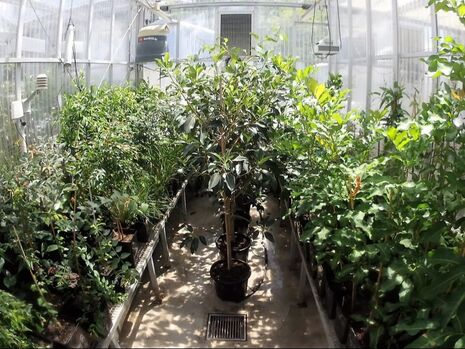
Which Plant Where is a collaborative project at Western Sydney University and Macquarie University, along with the industry partners NSW Department of Planning, Industry & Environment and Horticulture Innovation Australia (HIA). The project will facilitate sustainable, resilient green cities by creating a database that provides users with recommendations of the suitability and viability of different plants for a range of planting contexts. We executed a series of glasshouse experiments to measure the heat and drought tolerance of over 100 plant species -- both native and exotic horticultural plants and new species not currently cultivated in the industry. Our data provided an assessment of species' physiological tolerances to heat and drought, as well as lists of recommended tolerant species for urban plantings in Australia.
Carbon and water fluxes in mountain grasslands
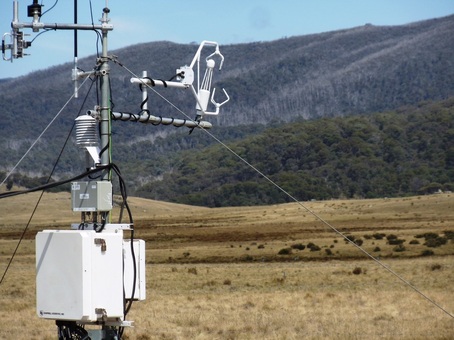
Two eddy covariance towers collected measurements of carbon and water fluxes of high-elevation grasslands in the Snowy Mountains, Australia (PI: Mark Adams). These flux tower datasets span 7 years and represent a paired-site comparison of tussock grasslands at elevations between 1300-1500 m a.s.l. A cooler site sustains winter snow cover, while the warmer site does not. In 2015, we installed a PhenoCam to characterize seasonal changes in phenology at the warmer grassland site.
How do plants cope with high radiation loads?
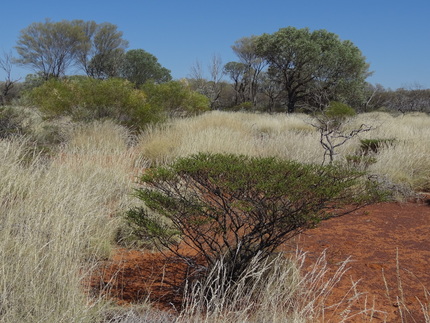
Plant leaves only require a fraction of the energy in full sunlight (5-10%) to achieve light saturation of photosynthesis. Excess absorbed energy has the potential to damage the photosynthetic machinery, primarily the D1 protein of photosystem II, if not continuously dissipated. The relative importance of various mechanisms for oxidative stress avoidance in plants is not well understood, particularly for plants in unfavorable climatic conditions. Throughout much of Australia, radiation loads are nearly universally high, soil fertility is low, and the climate is arid. We found that increased production of neutral lipids (triacylglycerols, TAGs) may serve to dissipate excess radiation energy in plant leaves.
Ecosystem responses to experimental warming

Mean global temperature is expected to rise by 1.4 to 5.8 °C during the next century. Temperature regulates many biological processes, so climate change will have a profound effect on natural ecosystems. Actively-heated, open-top chambers were installed in the forest understory in Duke Forest, North Carolina to quantify ecosystem responses to warming. In collaboration with Bill Hoffmann and Rob Dunn, I measured changes in phenology, transpiration, growth, and reproduction of plant species at this site. This information can be used to improve our understanding of how temperate forest ecosystems may respond to global warming.
Testing woody plants for biofuel cropping systems
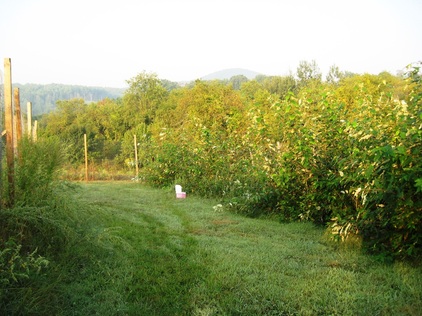
The use of fossil fuels currently dominates global energy consumption, but renewable energy is projected to be the fastest growing energy source over the next 25 years. John King's lab group tested the feasibility of using genetically modified Populus trichocarpa trees as a biofuel crop in North Carolina. Transgenic trees were modified to have lower stem lignin to improve efficiency of biomass production. There were major consequences of genetic transformation on whole-plant function, including substantial losses of hydraulic conductivity and decreased rates of photosynthetic processes. At mesic mountain sites, however, transgenic trees used less water (than wildtype) without sacrificing productivity and thus are a promising candidate for biofuel production in North Carolina.
Restoring aspen stands to the landscape
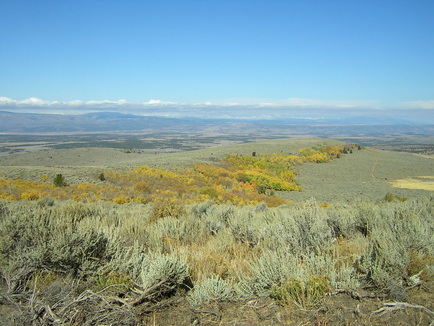
My work as a Rangeland Technician with the Bureau of Land Management (Surprise Field Office, Alturas Field Office, and Eagle Lake Field Office) was in conjunction with the Aspen Delineation Project. Together, the goal of these groups was to restore degraded aspen stands via conifer removal, fencing, and prescribed burning. Aspen began declining as a result of hydraulic failure of roots and branches, caused by drying of the climate in the western US over the past two decades. I monitored seedling regeneration and ungulate browse in aspen stands undergoing restoration on public lands throughout northern California.
Physiological variation in populations of white ash
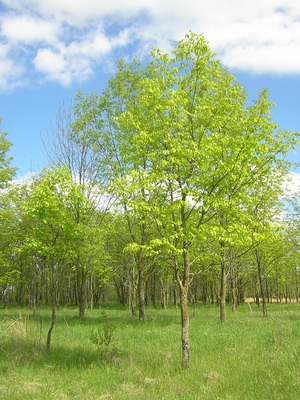
An exotic insect pest, the emerald ash borer, has caused the death of millions of ash trees and seriously threatened the survival of ash species in North America. When developing tools to conserve and manage ash species, it is important to consider how ecologically important traits vary among natural populations. For my M.A. project, I studied variation among 44 populations of white ash (Fraxinus americana) trees in a common garden in northeastern Kansas. Even after 30 years of growth in the common garden, population differences in morphology, phenology, and stomatal regulation were well-correlated with climate differences (temperature and precipitation) at the location of population origin. This information can be used to determine which genotypes may be most successful in a given region under future predicted climatic and biotic conditions.
